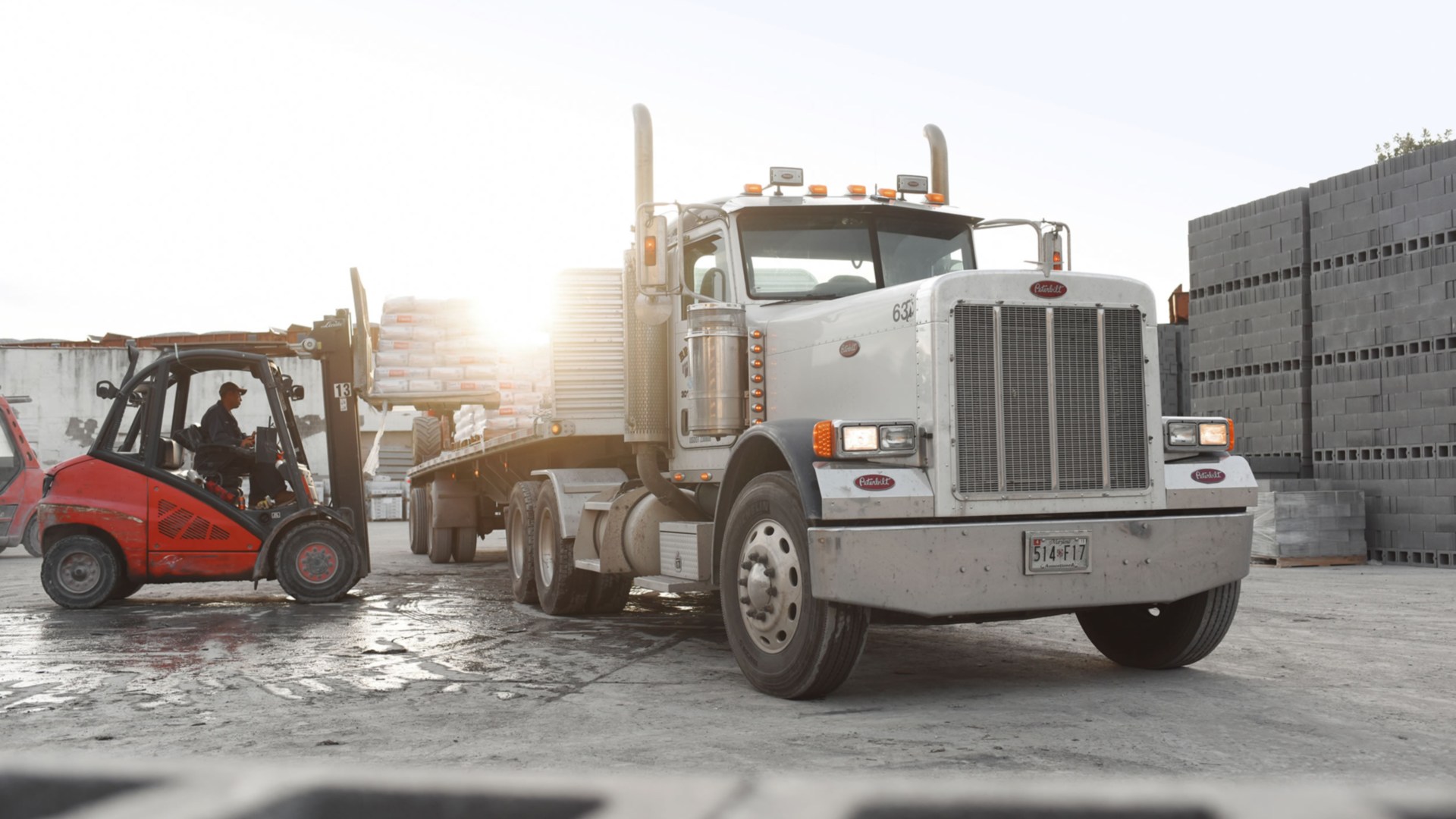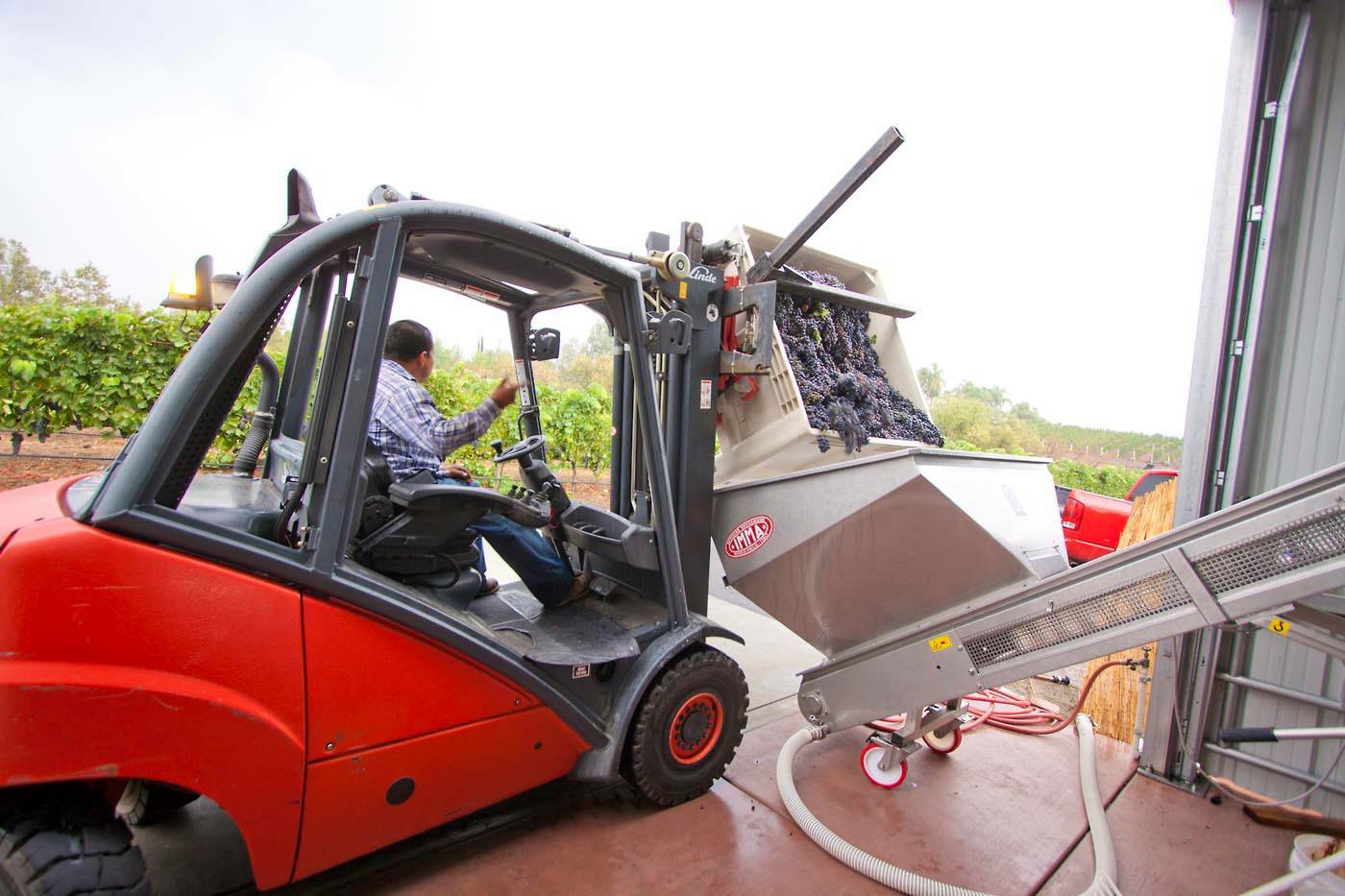Depending on where you live, you may still be experiencing pops of warm weather – that occasional day that makes you yearn for spring. But for many of us, we are now seeing jolts of colder weather as a preview of consistent days ahead of us. If your operation is dependent on a forklift to move goods from point A to B, you may have noticed a difference in functionality in your equipment on those cooler days. Below we review a checklist of considerations and details to be aware of when operating a forklift in cold temperatures.
Slow Down
You may have read slow down and assumed we are only talking about keeping speeds at a safe limit. That is true – when operating a forklift in cold temperatures where precipitation is present, it is extremely important to maneuver the truck carefully just as you would your vehicle, but there are further items to be aware of as well. Slowing down also means to prevent yourself from personally working hurriedly. Beyond slowing down when operating the truck, you must also use caution when mounting and dismounting the forklift truck. This is particularly noted when trucks are transporting goods indoors to outdoors and vice versa. Traveling from warm, indoor temperatures to the cold creates condensation which can make steps and handles on the forklift truck slippery and can ultimately create an unsafe work environment. Also, if there is snow/ice present, make sure to salt the pavement to create traction for the forklift and to also prevent unnecessary falls.
Ensure your forklift truck has been properly maintained
There are potential problems that can ensue if attempting to operate a forklift truck during extremely cold temperatures. Side effects include a multitude of fuel issues that include stalling, hard/false starts, unreliable power output, and ultimately excessive downtime. For gas and diesel forklifts, having a gas tank that is low on fuel can also cause condensation to form inside, forcing the truck to sputter or stop. Extreme cold temperatures also causes oil to thicken to the consistency of honey. This is a concern with both engine and operating hydraulics. The engine will have a hard time to start, as the thick oil will make the starter work hard. With electric-powered trucks, amp draw will increase for all trucks, hydraulic-powered functions will slow down. There are some effects from the cold that cannot be prevented, however, ensuring your truck is well maintained will safeguard it from additionalunnecessary issues.
Be aware that for LPG and diesel forklifts, cold weather requires more fuel to operate. Keeping this in mind will help you better plan stops and refueling.
Preventative personal safety measures
While being aware of ways to operate a forklift truck during cold temperatures, it is just as important to listen to your own body’s needs. When operating a forklift in cold temperatures, the inclination is to wear multiple layers of clothing to keep warm. However, to prevent accidents, it is recommended to avoid wearing bulky clothing to prevent getting caught or snagged on unintended areas in the workspace. Also, wearing bulky clothing for multiple hours can cause the individual to overheat, creating an unsafe operating experience. It is suggested to wear tight fit clothing when operating a forklift truck and to avoid wearing bulky clothing and scarves.


